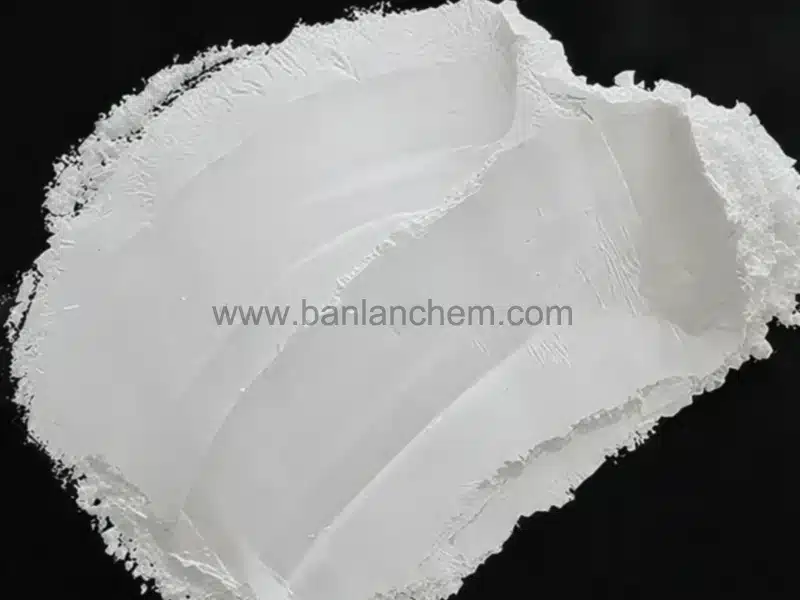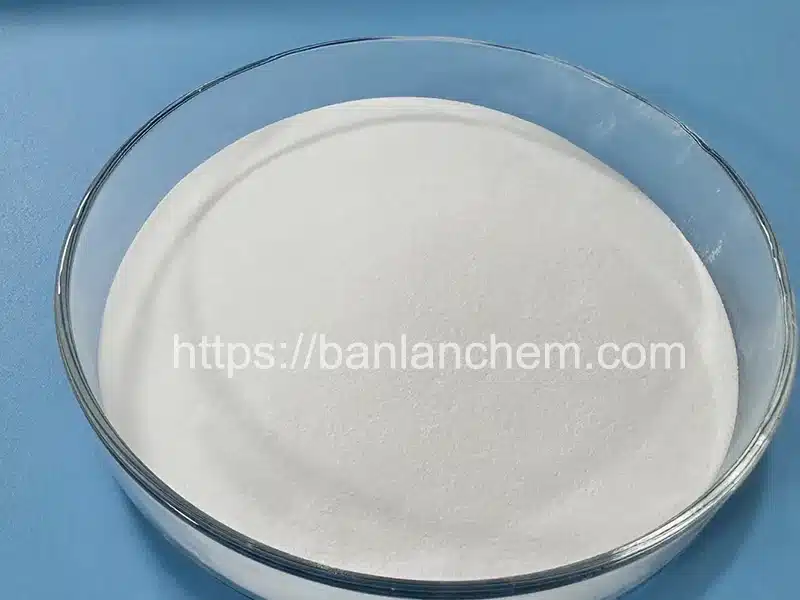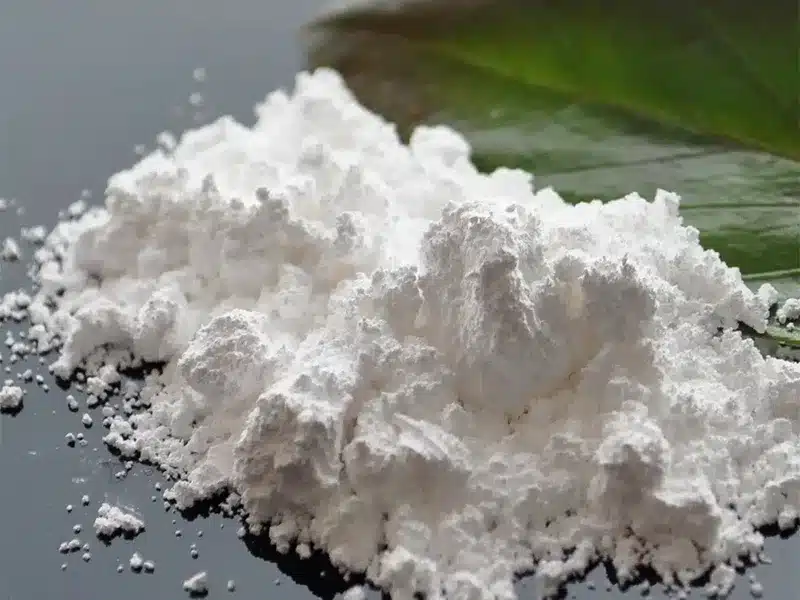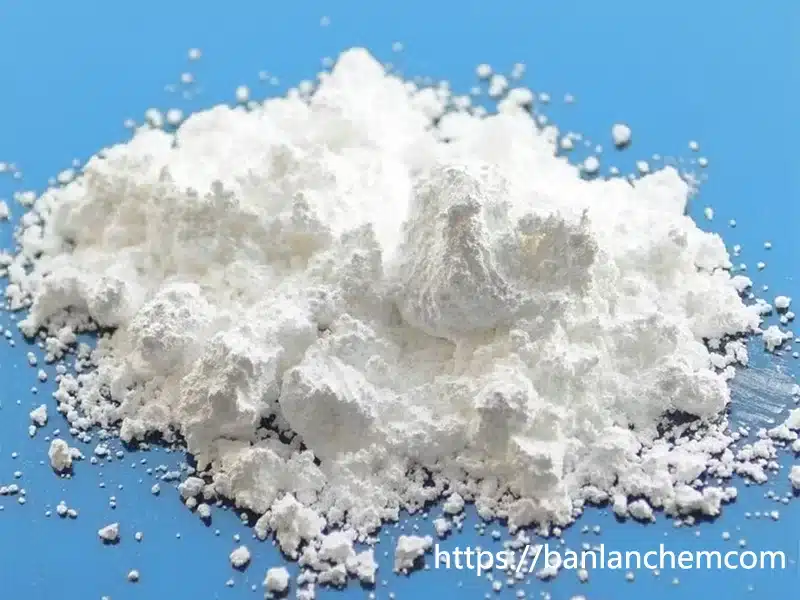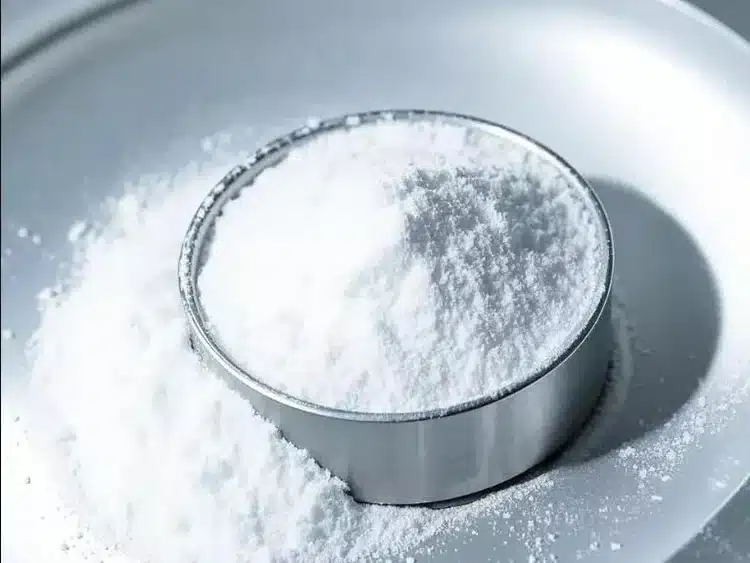What Is the Difference Between Fused Alumina and Tabular Alumina?
What Is Tabular Alumina?
What’s the meaning of tabular alumina?
Tabular alumina is made by sintering high-purity alumina at ultra-high temperatures (around 1900°C) without any additives. The sintering process results in the recrystallization of alumina grains into large, plate-like structures with excellent thermal shock resistance.

Production Process
The production involves pressing high-purity alumina powder into pellets, sintering them in shaft or tunnel kilns, then slow cooling, crushing, and classification. No binders or sintering aids are used, ensuring high chemical purity. Mechanical iron introduced during crushing can be removed magnetically.
Microstructure
Tabular alumina features large, tightly packed tabular crystals with extremely low open porosity and no glassy phase. These spherical closed pores provide high resistance to thermal cycling and crack propagation.
What Is Fused Alumina?
What Is the meaning of Fused alumina?
Fused alumina is produced by melting calcined alumina in an electric arc furnace at temperatures above 2000°C. It is known for its hardness, chemical stability, and high strength, making it ideal for abrasives and high-performance refractories.
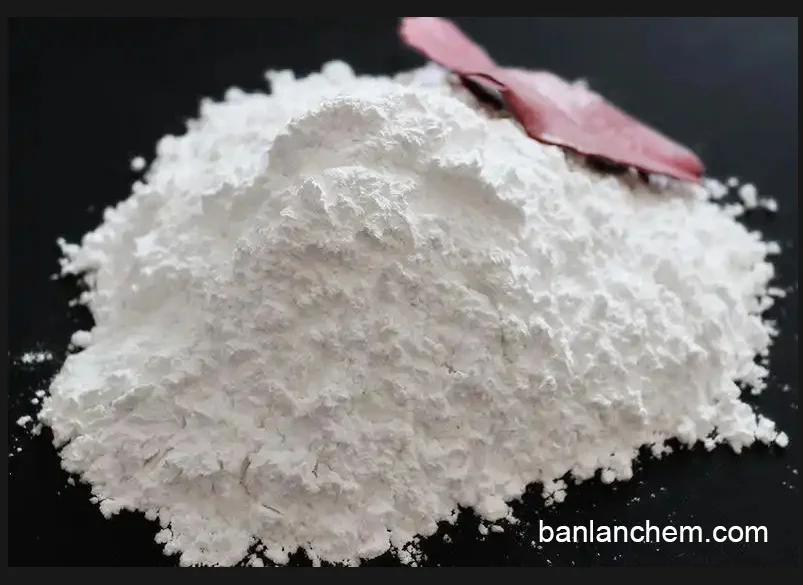
Production Process
The typical production steps include raw material batching, melting in the arc furnace, controlled cooling to form crystals, followed by crushing and grading into different particle sizes. Iron and carbon are added during melting, resulting in higher impurity content compared to sintered materials.
Microstructure
Fused alumina has an equiaxed, dense crystalline structure with low porosity and strong interlocking grains. However, it contains more open pores and fewer closed pores. It also forms larger single crystals that may develop microcracks during crushing, reducing thermal shock resistance.
Main Differences Between Fused Alumina and Tabular Alumina
1. Impurity Content
Tabular alumina has low impurity content and uniform distribution. Fused alumina has higher impurity levels due to additives (iron, carbon) and non-uniform distribution resulting from cooling speed variation in molten blocks.
2. Thermal Shock Resistance
Tabular alumina performs better in thermal shock and spalling resistance due to its closed pore structure. Fused alumina, with more open pores and microcracks in large single crystals, is less resistant to thermal stress.
3. Energy Efficiency and Environmental Impact
Fused alumina consumes 2300–3300 kWh per ton and produces significant emissions. In contrast, tabular alumina's energy consumption is one-seventh to one-tenth and uses natural gas, making it more environmentally friendly.
Microstructure Comparison
Fused Alumina: Equiaxed, dense, with more open pores and microcracks.
Tabular Alumina: Recrystallized plate-like grains, high density, low porosity.
Application Differences
Fused Alumina Applications
Used in bonded and coated abrasives, blasting media, surface treatment, precision ceramics, and wear-resistant castables.
Tabular Alumina Applications
Ideal for steel and petrochemical industries, especially in high-performance refractory bricks, sliding gate plates, no-cement castables, and kiln furniture.
Which One Should You Use?
If your project requires hardness and cost-efficiency, choose fused alumina. For high purity, better thermal shock resistance, and long-term stability in high-temperature conditions, tabular alumina is the better choice.
Comparison Table
| Property | Fused Alumina | Tabular Alumina |
|---|---|---|
| Chemical Composition | 95%–99% Al₂O₃ | ≥99.2% Al₂O₃ |
| Production Method | Melting + Solidification | Sintering + Recrystallization |
| Microstructure | Dense equiaxed crystals | Large tabular crystals |
| Thermal Shock Resistance | Moderate | Excellent |
| Typical Applications | Abrasives, blasting media | Refractories, steel ladles |
Frequently Asked Questions (FAQ)
Q1: Is tabular alumina more expensive than fused alumina?
Yes. Tabular alumina costs more due to its higher purity and complex sintering process.
Q2: Can fused alumina replace tabular alumina?
Only in non-critical applications. In steel ladles or thermal-cycling environments, tabular alumina is essential.
Q3: What is the typical particle size of tabular alumina?
Available in 0–1mm, 1–3mm, and fine powders under 45μm, based on specific applications.
Q4: What industries use fused alumina most?
Used in abrasives, ceramics, surface treatment, and industrial coatings.
Q5: Where to buy high-quality fused or tabular alumina?
We supply both materials with consistent quality and customized particle sizes. Visit our Tabular Alumina and Fused Alumina pages for details.
Both fused and tabular alumina have unique advantages depending on the application. For industries requiring high performance under extreme heat, tabular alumina is the material of choice. For cost-sensitive use cases demanding hardness and wear resistance, fused alumina remains a practical solution.
Author: Fan – Senior Materials Engineer at BanLanChem
📧 [email protected]



